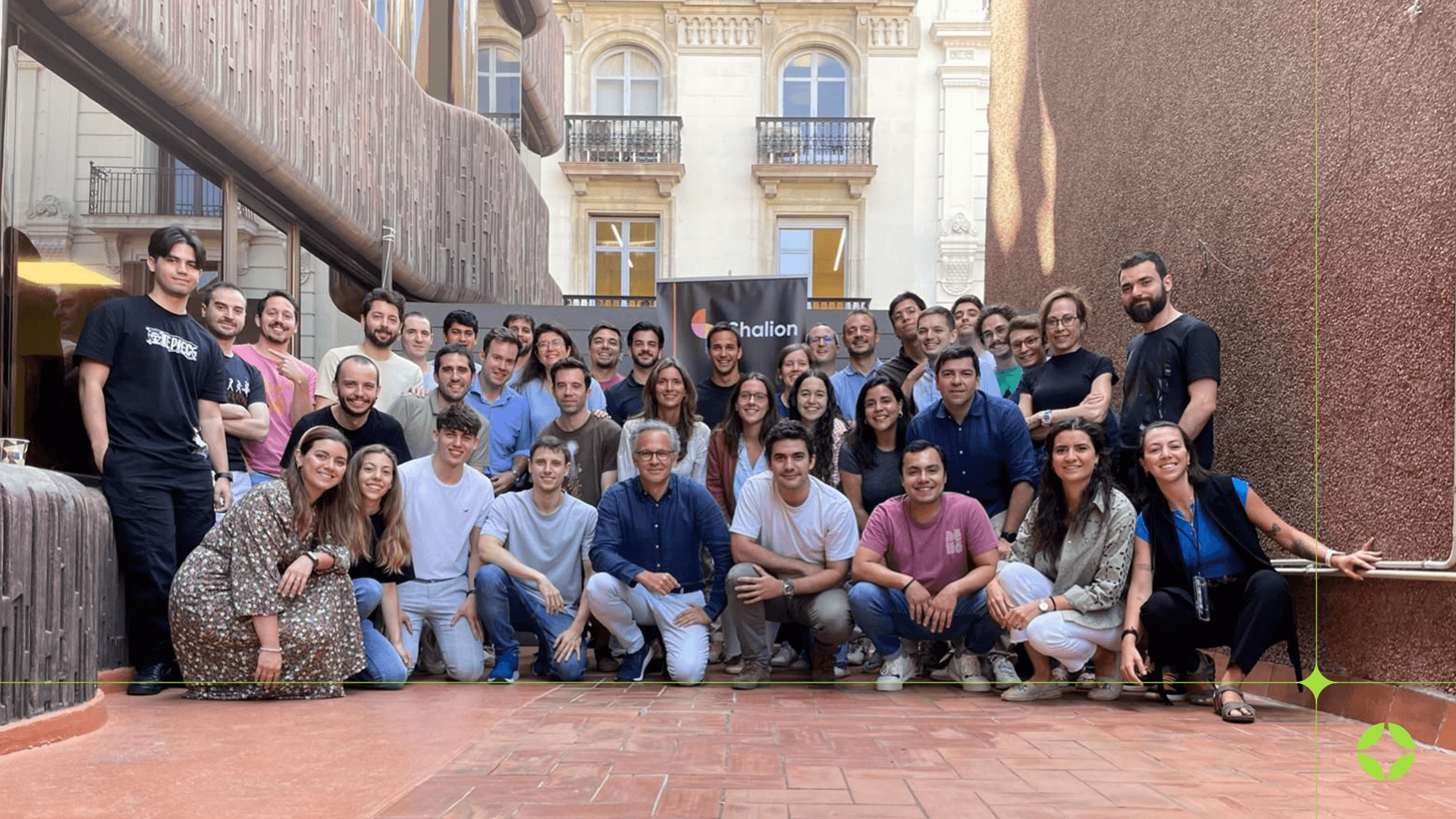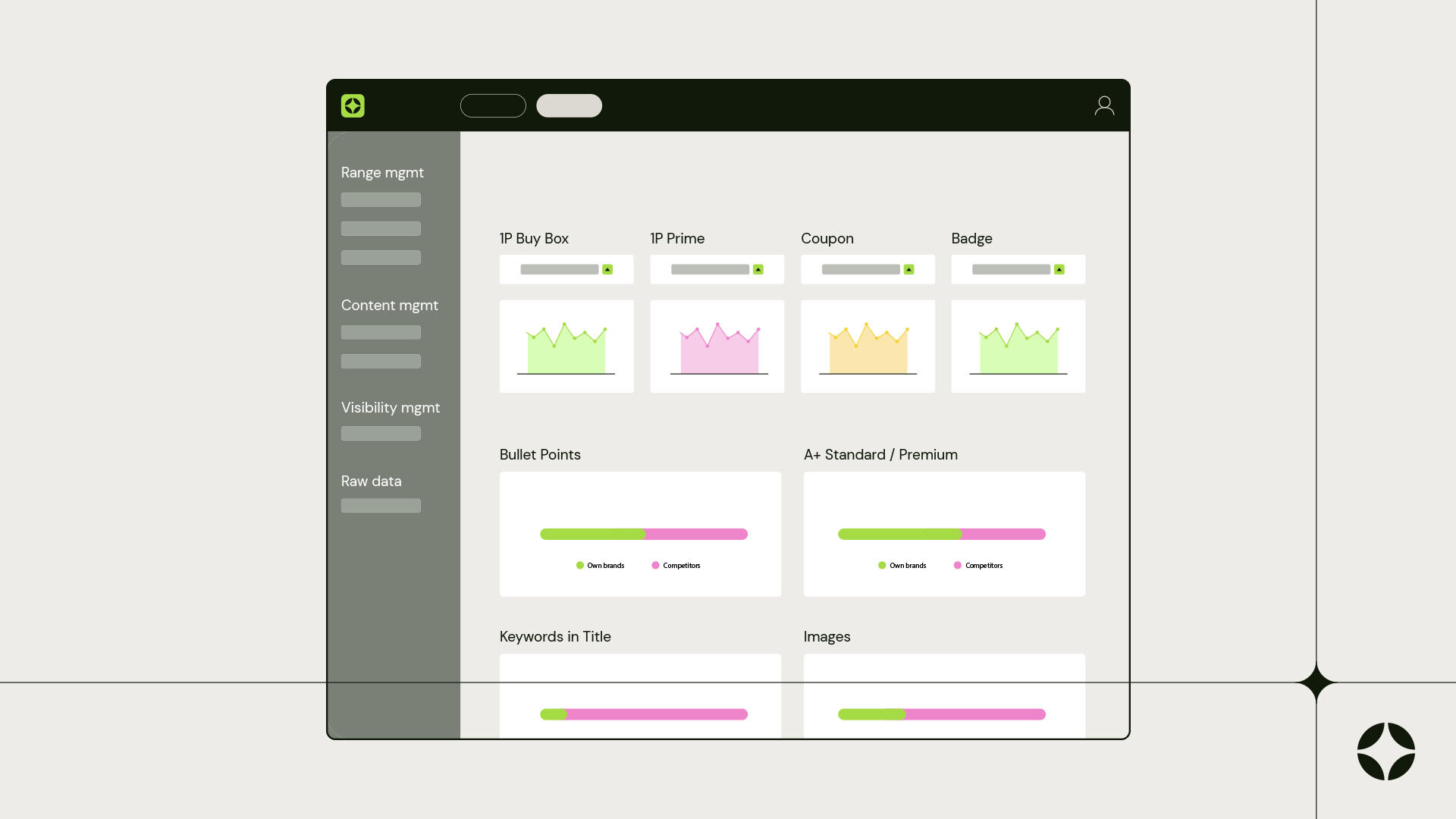Why should my digital shelf provider care about retail media?
There is a scenario that may sound familiar—your retail media campaign shows impressive ROI, but something seems off. Perhaps your main competitor encountered an out-of-stock situation during your campaign, or the retailer ran a site-wide promotion that you didn’t know about. You begin to question whether your ad spend actually drove the results or if other outside factors made the difference.
This illustrates why measuring retail media within the digital shelf is not just helpful; it’s essential. Let me explain why it matters and how modern technology is changing the game...
The hidden complexity of retail media measurement
If you have worked in eCommerce for any length of time, you know that retail media has surged. From sponsored product listings to banner ads, these tactics can determine whether your product is discovered or buried on the digital shelf. Yet measuring their true impact can be tricky.
Your brand and products do not exist in a vacuum—they operate in a shifting environment where competitors run promotions, stock levels fluctuate, and site layouts sometimes change frequently. These factors can disrupt your media performance.
But measuring success isn’t just about tracking clicks. The real challenge lies in capturing the full retail environment—something traditional digital shelf methods often miss.
Why traditional shelf measurement falls short
Let us discuss a critical problem in digital shelf analytics that rarely receives the attention it deserves: data collection quality. Many brands base key decisions on incomplete information without realizing it. The main culprit is traditional HTML crawling, the backbone of many digital shelf solutions.
Traditional HTML crawling is like reading a movie script without watching the film. You get the plot but miss the visuals that shape the viewer experience. Here is what traditional crawlers often miss:
- Dynamic content: Modern retail sites often load crucial elements after the initial page render
- Third-party ads: Sponsored products and display ads may appear only as empty placeholders when served through third-party ad platforms
- Interactive elements: Pop-ups, promotional banners, and other site elements are undetected
- Visual hierarchy: The actual way content appears in the customer’s viewport
Seeing what your customer sees with rendered crawling
Rendered crawling changes the approach by loading the page as a shopper’s browser would, rather than only reading code. This difference is critical for accurate retail media measurement.
Complete data capture
- See all third-party ads and placements
- Track promotions with precise timing and positioning
- Capture every creative asset and visual element
- Include real-time dynamic content
Real-world applications
These differences become clear in practical scenarios:
Promotional analysis
- Traditional crawling: Misses a competitor’s flash sale banner that loads dynamically
- Rendered crawling: Captures the entire promotional environment, including timing and placement
Competitive monitoring
- Traditional crawling: Sees only base product listings and overlooks sponsored positions
- Rendered crawling: Provides complete visibility into competitor positioning and advertising strategies
The true value does not lie in merely identifying these elements. It lies in understanding their context. When you pair rendered crawling with robust digital shelf analytics, you can:
- Track competitor activities in real time
- Recognize changes to site layouts or promotions
- Measure true share of voice, including sponsored and organic placements
- Understand the entire customer journey, including how ads shape discovery
This complete view is crucial for measuring retail media effectiveness. Without it, you optimize campaigns with limited insight.
Making incrementality testing actually work
Let us consider incrementality testing, one of the most important and challenging parts of retail media measurement. The IAB and MRC offer guidelines for gauging campaign impact, but many brands overlook one core principle: without comprehensive digital shelf data, even sophisticated incrementality models may generate misleading results.
Three methods of retail media incrementality testing
1. Randomized Controlled Trials (RCTs)
When you run an RCT, you split your audience into test and control groups. Digital shelf data matters when:
- A competitor goes out of stock, yet you mistakenly credit the resulting sales spike to your campaign
- You fail to monitor site-wide promotions, allowing unexpected events to contaminate your control group
- Dynamic pricing changes create noise in your data if left unchecked
2. Machine Learning models
ML models for incrementality can be powerful, but they rely on strong and trustworthy data inputs. Digital shelf data supplies crucial features:
- Historical price variations
- Competitor promotion patterns
- Product placement changes over time
- Stock availability fluctuations
- Share-of-shelf variations
These features help ML models isolate genuine campaign impact from market noise.
3. Temporal analysis
When you compare performance across time periods, digital shelf context is vital:
- One week might have normal shelf conditions, while the next sees multiple competitor stockouts
- Category-wide promotions can cause artificial lifts that you must control
- Shifts in product placement or search rankings can skew baseline performance
Real-world example: Temporal bias in action
Imagine you run a campaign for a premium coffee brand. Early analysis reveals a 15% sales lift during the campaign. Once you add digital shelf data, you learn:
- Your main competitor was out of stock for three days during the test period
- The retailer ran a beverage promotion in Week Two
- Your product’s search ranking rose due to seasonal factors
The standardization challenge
One of the biggest hurdles in retail media measurement is the lack of standardization. Each platform uses its own metrics, reporting methods, and blind spots. This situation makes it difficult to compare performance across retail partners unless you rely on a unified way to collect and interpret digital shelf data.
At Shalion, we have addressed this by:
- Applying consistent rendered crawling methods across all retailers
- Standardizing key metrics such as share of voice and share of search
- Offering a single source of truth for media and shelf performance
- Simplifying comparisons of performance across different retailers
Putting it all together: A better way to measure
The future of retail media measurement is not only about impressions and clicks. It also concerns understanding the full context in which your ads appear. By uniting rendered crawling with sophisticated digital shelf analytics, you can:
- See a comprehensive picture of your retail media performance
- Make informed decisions about budget allocation
- Prove genuine incrementality of your campaigns
- Compare performance across retailers with confidence
You cannot optimize what you cannot accurately measure. In today’s complex retail media world, look beyond basic metrics and consider the complete digital shelf context.
Do you want to learn more about how Shalion can help you measure and optimize your retail media performance? Let's talk.
You May Also Like
These Related Stories

Shalion secures €5M investment from Seaya Ventures to launch retail media product in the US

Retail vs. commerce media: Where brands win (or lose) sales
